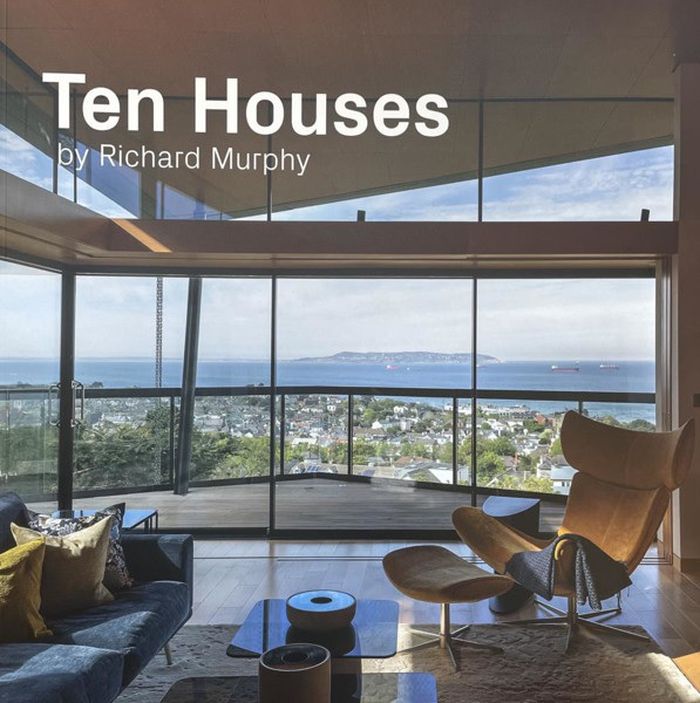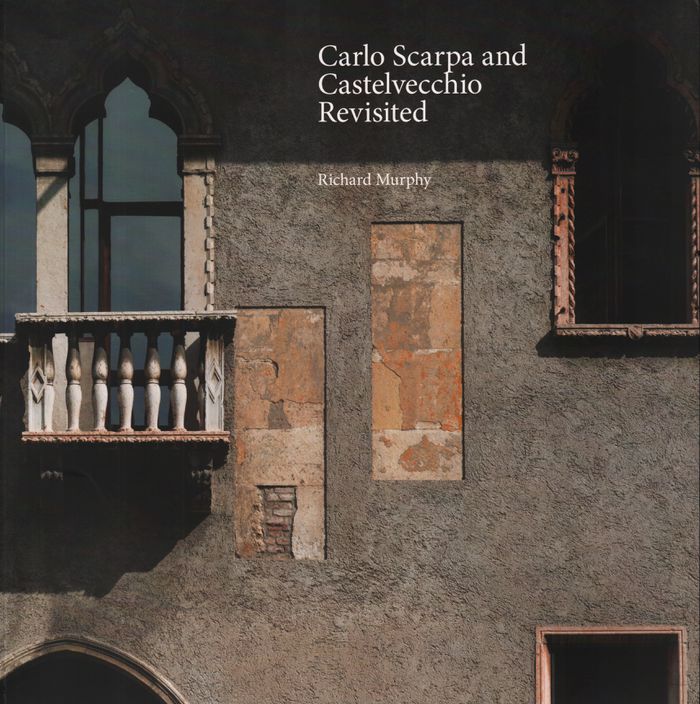Ten Houses by Richard Murphy
$45.00
(disponible en magasin)
Résumé:
Richard Murphy is a multi award-winning architect.The materials he employs vary from stone (rubble, smooth ashlar or rusticated), with carefully assembled steel sections that form the structure, stairs and handrails, corrugated iron or planted roofing, dressed lead flashing, etched glass blocks, mirrors, with timber and coloured and polished plaster as warm interior(...)
Ten Houses by Richard Murphy
Actions:
Prix:
$45.00
(disponible en magasin)
Résumé:
Richard Murphy is a multi award-winning architect.The materials he employs vary from stone (rubble, smooth ashlar or rusticated), with carefully assembled steel sections that form the structure, stairs and handrails, corrugated iron or planted roofing, dressed lead flashing, etched glass blocks, mirrors, with timber and coloured and polished plaster as warm interior finishes. All the materials are used with great precision, clarity as well as ambiguity. He is well known as an architect who has been influenced by the Italian architect Carlo Scarpa (about whom he has written the definitive analysis of his most important work, the Castelvecchio Museum in Verona), but Murphy’s architecture is never a pastiche of Scarpa, and frequently echoes and develops other influences such as Glenn Murcutt, Frank Lloyd Wright or Richard MacCormac, for whom he worked.
Architecture, monographies
$145.00
(disponible en magasin)
Résumé:
Carlo Scarpa worked on the Castelvecchio Museum in Verona intermittently between 1957 and 1975. It is perhaps his most important project. His work there draws on all his remarkable skills. It demonstrates how to work creatively within a building which already possesses a complex history. It is a magnificent example of his highly personal language of architecture, not(...)
Carlo Scarpa and Castelvecchio revisited
Actions:
Prix:
$145.00
(disponible en magasin)
Résumé:
Carlo Scarpa worked on the Castelvecchio Museum in Verona intermittently between 1957 and 1975. It is perhaps his most important project. His work there draws on all his remarkable skills. It demonstrates how to work creatively within a building which already possesses a complex history. It is a magnificent example of his highly personal language of architecture, not least his incredible eye for detail and mastery of the crafting of materials. And it contains a museum exhibition which is as radical and timeless today as the day it opened in 1964 and has served as an inspiration to museum designers ever since. His most extraordinary achievement is where all these themes coincide in the astonishing display of the equestrian statue of Cangrande, perhaps the most remarkable setting for a single work of art ever made.
Architecture, monographies

